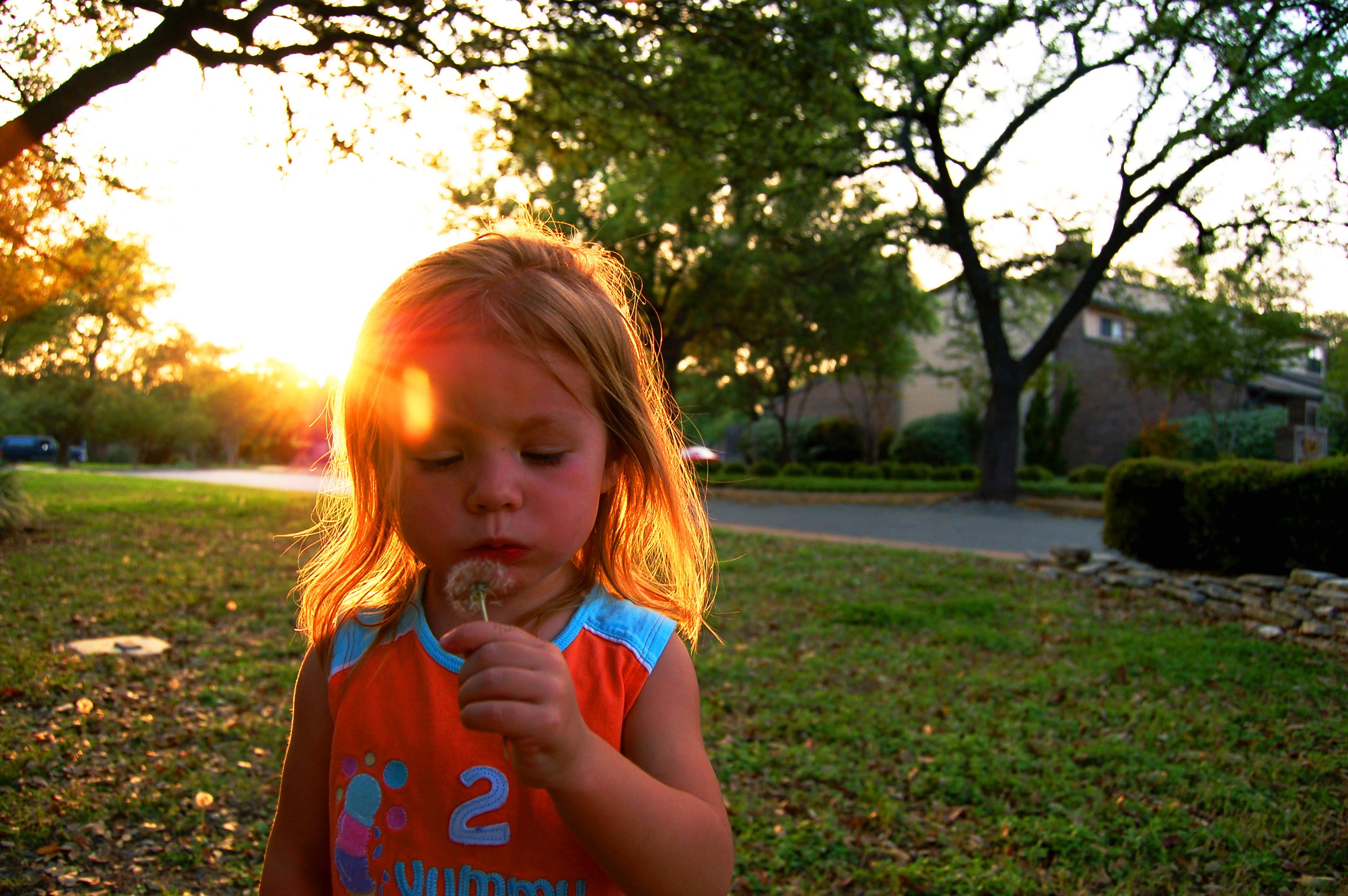Review of Take it To the Queen: A Tale of Hope
Spring in Kansas brings beautiful pink and white blossoms, bright green leaves, new blades of grass, and every young child’s flower of choice: the dandelion. There is usually no shortage of bright yellow blooms and white balls of fluff adorning our slightly neglected yard. Thus, to my daughter’s great delight, she can pick flowers whenever she chooses. Often, she brings the flowers over to me, and joyfully bestows her gift of a dandelion bouquet upon an all too grateful mother. They may be weeds, but when given with total love by a bright-eyed three-year-old, they seem more beautiful than the most gorgeous of roses.
When May arrived, I decided that we would spend a little time honoring and learning about Mary. We planted flowers in a small Mary garden and I purchased a new book. Take It to the Queen: A Tale of Hope by Josephine Nobisso is an allegorical account of Mary’s role in salvation and as our mother. I wondered if the story might be a little advanced for my daughter, but she was captivated. At the end, without any prompting from me, she even asked if the story had a picture of baby Jesus. She must have grasped at least little pieces of the allegory.
Near the end of the tale, a group very destitute villagers decide to ask forgiveness from their king by giving him the one remaining good thing in their possession: a disgustingly rotten apple. They “take it to the queen,” who desires to help them. She gives the apple to the prince, who gives it to the king. The king cuts away the rotten pieces. Then, the queen arranges the transformed pieces of apple on a golden platter so as to make them more pleasing. She then asks the king to speak with one of the villagers. The prince asks his father to accept his mother’s request. After this exchange, the king bestows forgiveness, love and mercy upon the villagers.
Within the allegory we can see the queen advocating for the villagers in union with her son. This parallels Mary’s role as our mother and her ability to advocate for us through the mediation of Christ (see Catechism of the Catholic Church 969-970). This concept is difficult to understand, even for the most devoted Catholics. Although intended for children, the story and accompanying explanations of symbolism are edifying and inspiring for adults as well. I look forward to using the story for many years to explain Mary’s role to my children (and to myself).
After reading the allegory, I noticed a connection between the rotten apple and my daughter’s dandelion bouquets. Certainly there is nothing sinful or disgusting about my daughter’s gift of the prized yellow flowers. When seen through a mother’s eyes, the gift is quite beautiful. No matter the intention, however, the flower does remain a weed. We often come to God in a state of sinfulness and certainly need Jesus’ mediation, and Mary’s help, to turn our rotten apples into something more pleasing. However, it is possible that even at our best, dandelions are all we can muster. Compared with God’s infinite love and goodness, even our honest, pure-hearted gifts of love, are somewhat small and imperfect. How wonderful it is then, that Jesus gave us the gift of his mother, to aide us, to pray for us —to help arrange our dandelion bouquets to look as beautiful as roses.




